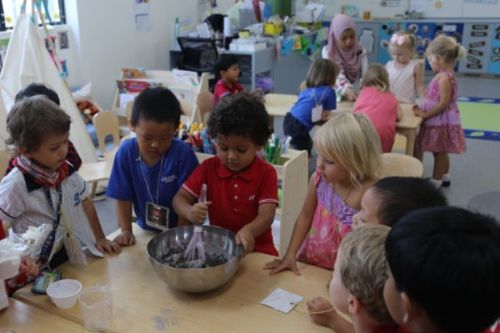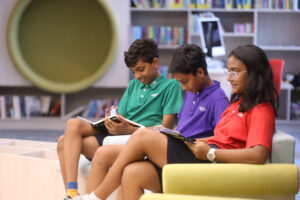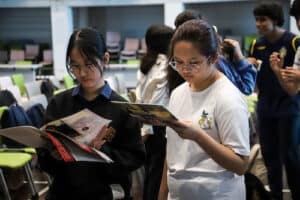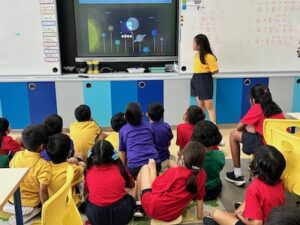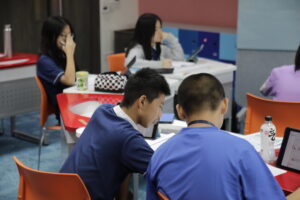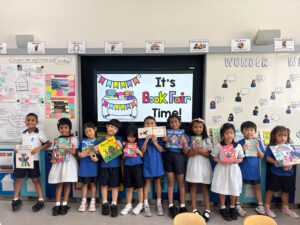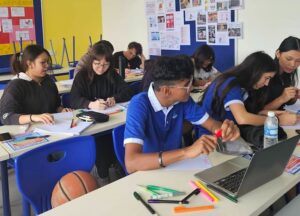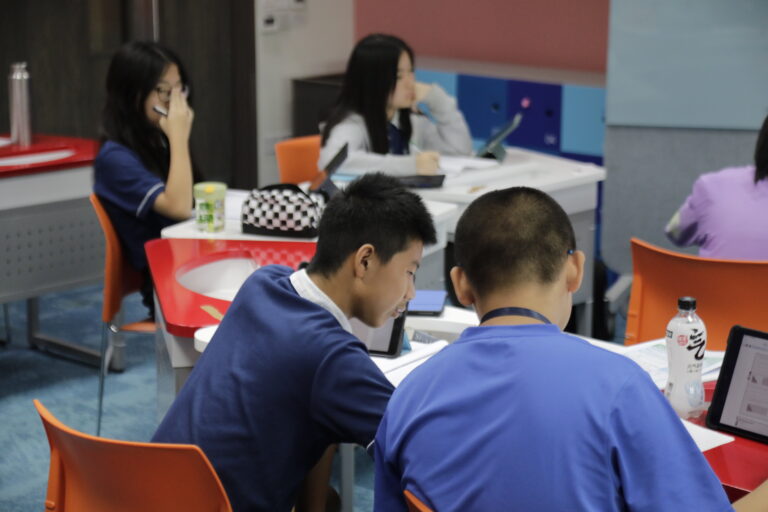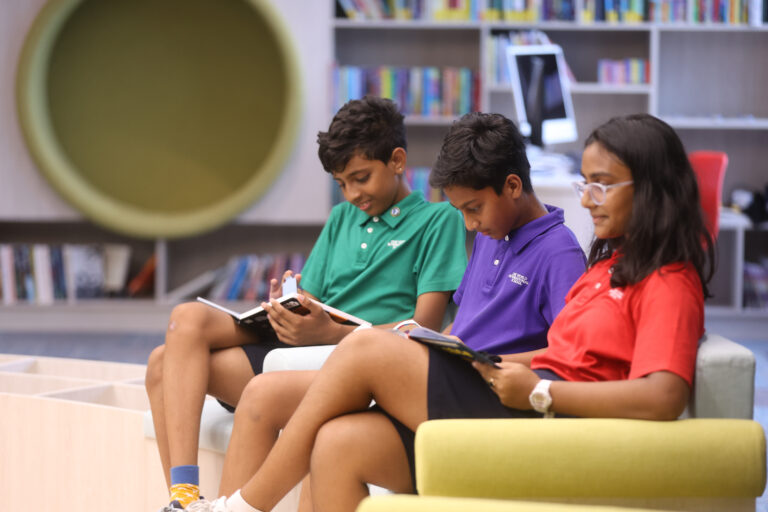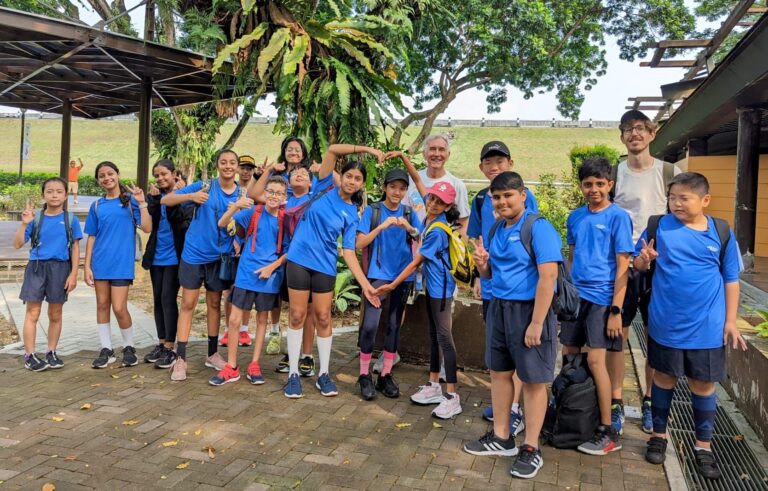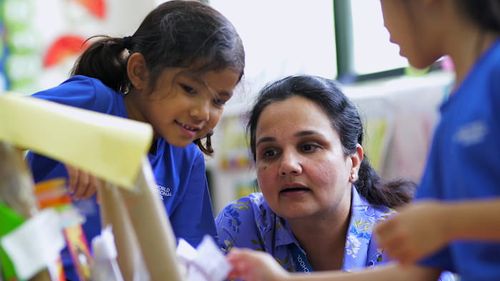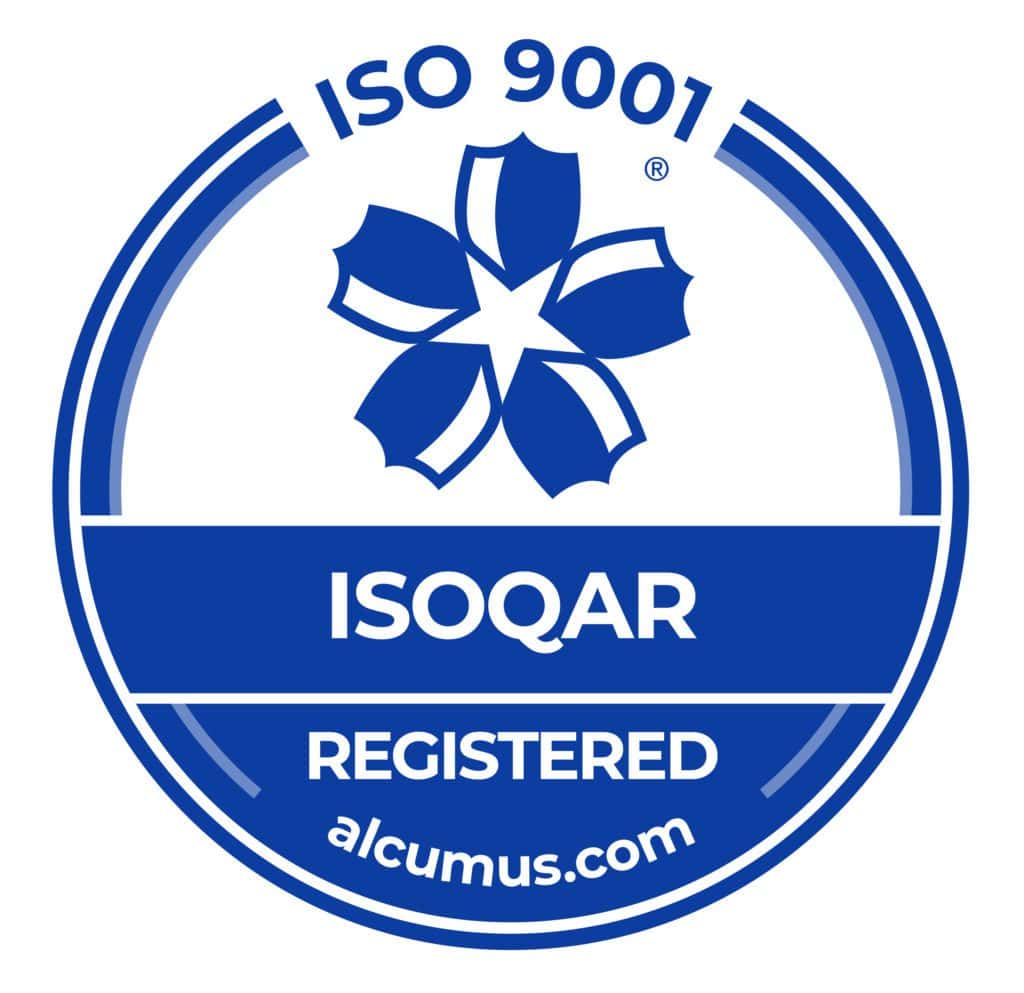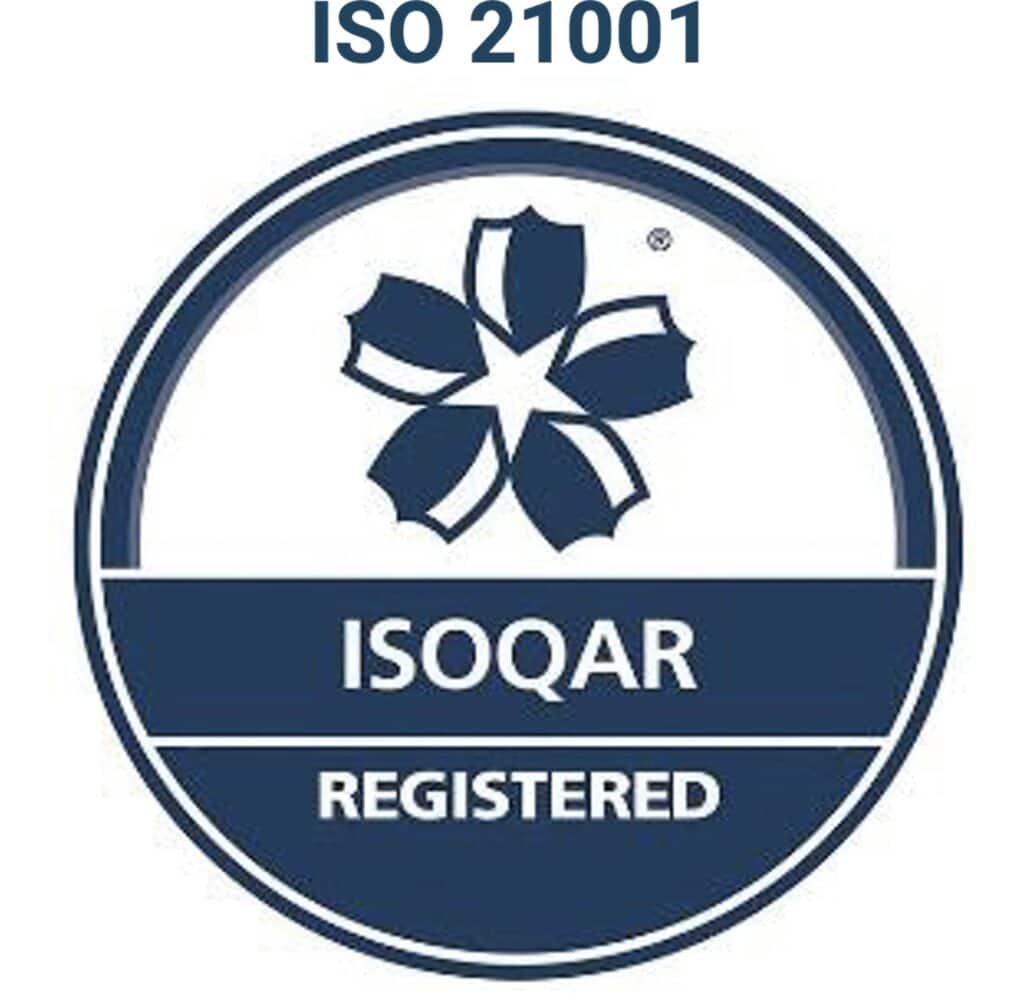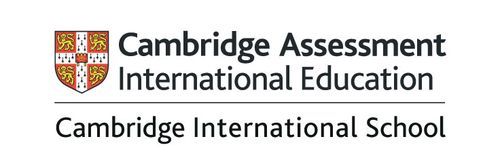As young children emerge from infancy and toddlerhood, they are ready to foster a sense of independence as they explore the world around them. It is during this inquisitive, exciting stage that children blossom into lifelong learners who enjoy and value their educational opportunities.
Recognising this essential time in a child’s development, parents will want to enrol their child in a preschool that understands the fundamental concepts that need to be included in any early childhood education programme. Parents want to know that their children are getting the best start to their education. They want to be sure that the teachers are able to support their children throughout this stage and that they are highly trained to deliver this learning. At OWIS Nanyang, we believe that our youngest learners right from the nursery level should be immersed in an interactive, play-based kindergarten environment.
What are the Top 3 Features of a Good Preschool Curriculum?
At OWIS Nanyang, we recognise that our youngest learners educate themselves in different ways. Our 3- and 4-year-old learners get the most out of multi-sensory experiences: touching, discovering and exploring the world around them. With this in mind, we have created a unique space for our early learners where they can foster a sense of independence while engaging in activities that emphasise collaborative learning. There are a huge range of resources, materials and play equipment that are specifically designed for children of this age, and level of nursery and kindergarten education.

Our preschool educators facilitate exciting and invigorating centres, allowing their students to discover their own passions and create new ideas. In addition, our teachers provide a caring and well-supported environment that nurtures the personal development of each individual child. They are always assessing whether children may need more support or further encouragement to build their confidence, for instance if they are quiet during class discussions.
Nursery school students who are between the ages of three and four have a lot of learning to do — but they need to do it in a different way. Parents should focus on finding a good kindergarten in Singapore that offers a structured curriculum in a play-based setting. They should also be confident that the preschool has guidelines and plans in place to ensure that their children are meeting the milestones required and are able to gain support where needed. OWIS encourages parents’ involvement with their child’s education and development as, particularly at a young age, much of this occurs at home as well as at the school.
These are the top 3 elements to look for in an early childhood curriculum:
1. A Stimulating Environment

The popular early childhood education programmes provide students with ample free time to make their own choices. However, in order for the play-based structure to be effective, the environment has to be a stimulating space for students to explore. They have to want to learn, have a go at tasks and communicate with peers. Sensory activities, art areas, science centres, imaginative play areas and manipulatives should be available. These should be updated and adjusted over the year to help progress children’s learning. They should offer a wide range of learning opportunities that hone a diverse range of skills.
2. An Opportunity to Experiment
The preschool curriculum should include age-appropriate activities that allow students to test out their own ideas and discover the consequences of their actions. They should be able to take part in hands-on experiments and then be able to discuss their ideas. This is how they will first begin to understand the concepts of science. It will start to develop their analytical minds, teach them to problem-solve and encourage them to ask questions. It will lay down the foundations for future learning and build a passion for the experimental subjects. It also helps to teach them how different subjects are intertwined together.

3. Time for Creative Play
Students in an early childhood education programme are notoriously imaginative and creative — but they need to be given an outlet to express their ideas. Art projects with minimal guidelines are one way to help students showcase their own ideas, which is the first step in developing critical thinking and communication skills.
By giving them free rein, children can take ownership of their work. One example of this is when teachers give the children a subject such as ‘the sea’ and then encourage them to create some art work that is linked to the sea. Children may choose to paint, draw, build models or use clay. Another aspect of this could be a more academic side where children may choose to write a poem, do a presentation of a certain species or make some sea related learning resources to use in the classroom. It is these types of opportunities that allow children to find their passions and to take a proactive part in their knowledge and skill acquisition.
In the words of Madison C., parent of an EC student, “I like that my child has a chance to play outside everyday and is exposed to a variety of subjects including art and music.”
At OWIS Nanyang, we offer an innovative structure within our early childhood education programme that allows students to discover their strengths and set their own goals. We believe that our happy and engaging preschools in Singapore set the foundation for a lifetime love of learning.
To find out if our play-based kindergarten programme is the right place for your early learner, contact us today or Book a Tour.
(This blog was originally written in collaboration with Ms Dhwani Pandya, former Early Childhood Teacher, OWIS Nanyang.)
